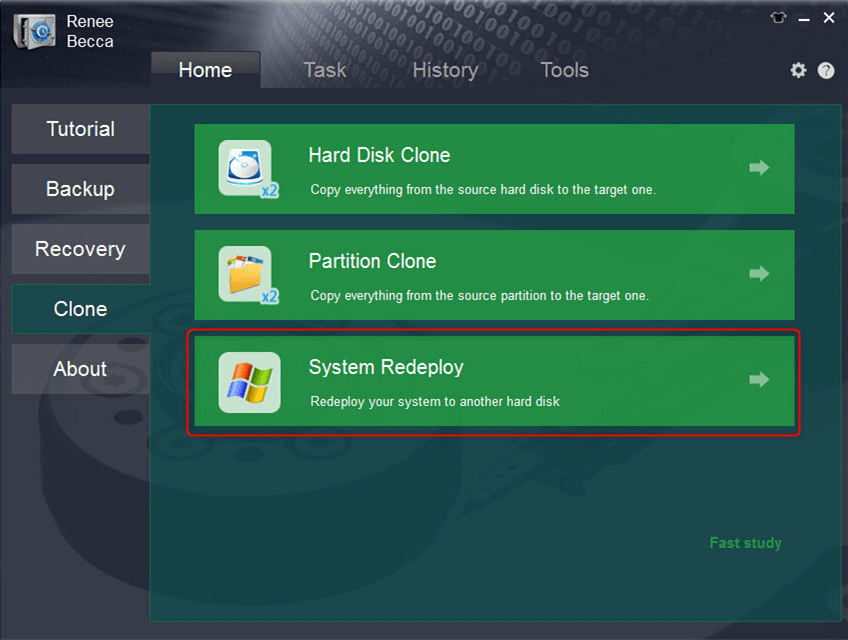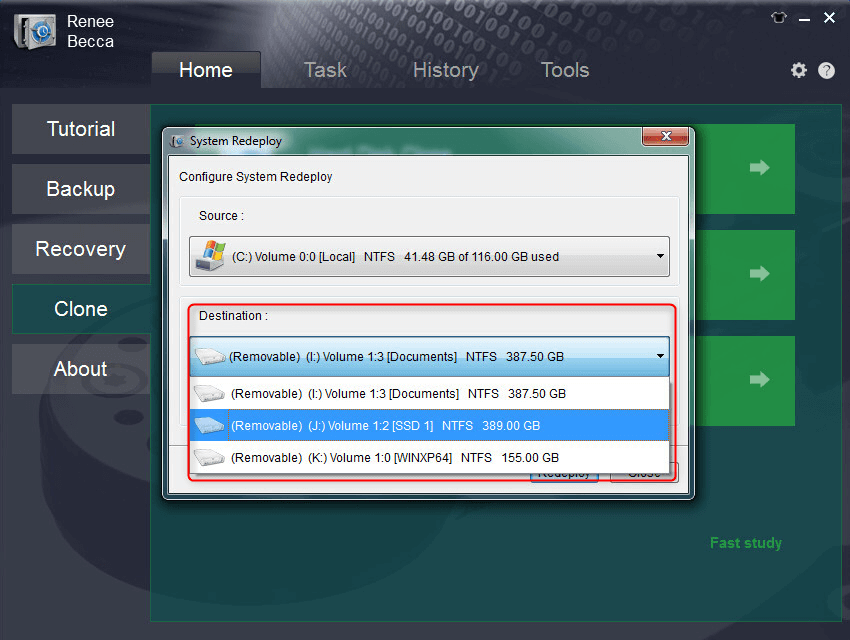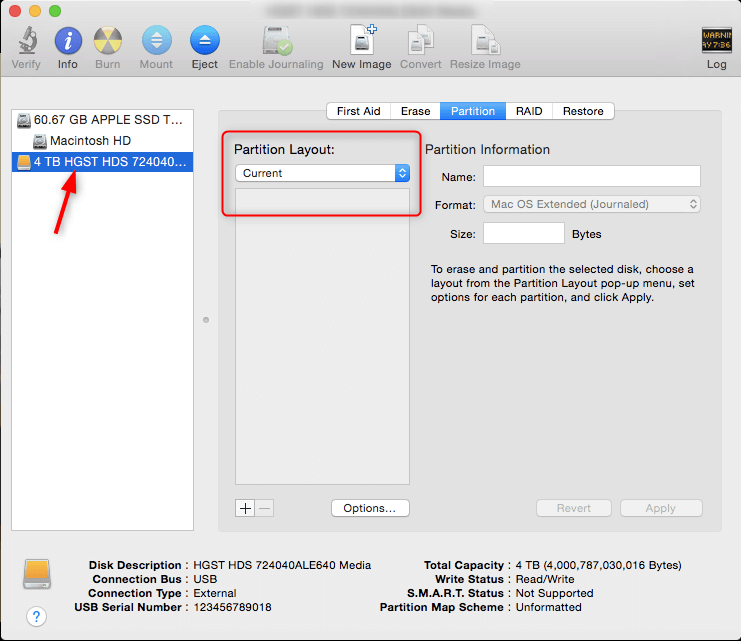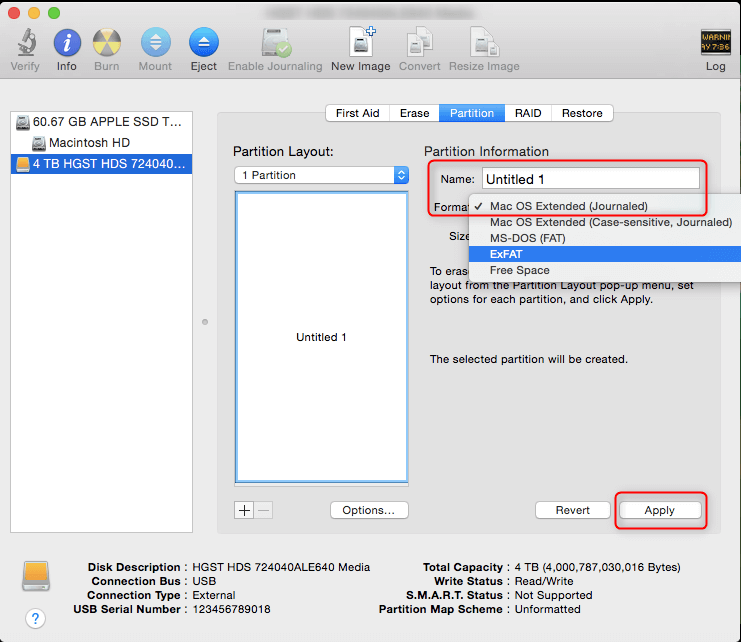How to Format a New SSD in Windows 7/10 and Mac OS?
- Home
- Support
- Tips Data Backup
- System Migration
- How to Format a New SSD in Windows 7/10 and Mac OS?
Summary
Why does a new SSD need to be formatted and how to format it? Read this article and you will learn about some considerations and suggestions of formatting an SSD.Besides, the ways of formatting an SSD in Windows 7/10 and macOS will also be provided for your reference.
The Reason of Formatting a New SSD
Besides, formatting a new SSD will thoroughly bring the best performance and convenient for users to use the operating system.
The Considerations and Suggestions of Formatting a New SSD
Partition Table: MBR and GPT

- 1. It’s suggested to choose the MBR if the PC is with BIOS motherboard. Because both of the old and new system can work with MBR.
- 2. It’s suggested to choose the GPT if the PC supports UEFI. Please note that all 32-bit versions of Windows operating system are not compatible with GPT.
- 3. MBR works with disks up to 2TB in size. If your hard disk exceeds 2TB, it’s suggested to adopt GPT.
How to Choose a File System (FAT, NTFS, APFS or Mac OS Extension)
- In Windows, NTFS is widely used on the computer. And it’s strongly recommended to use NTFS. Because disk with FAT file system can’t save a single file that is over 4GB. Besides, when new data is written after a file is deleted, FAT doesn’t save the file as a complete one. The data will become fragmented after using for a long time, which will slow down the speed of data transition.
- For Mac, the Mac OS extension is the file system included in Mac OS 10.12 and earlier Mac versions. APFS is the default file system for SSDs on Mac. And APFS takes the advantages of strong encryption, space sharing, disk snapshots and is compatible with SSD on new Mac. It is recommended to choose the compatible format that the system lists. If the built-in disk is set up with APFS, please do not change it to the Mac OS Extension.
How to Format a New SSD
Clone the Data from Old Hard Drive to the Newly Installed SSD (Formatting and Data Migration)
Advantages
- Automatically 4K alignment helps SSD get the best performance
- No need to reinstall system. Save time.
- Free from software reinstallation and activation.
- No need to make all settings. Everything will remain to be the same.
- Chat history in software will be reserved.

Automatic 4K alignment Improves SSD performance during system migration.
Support GPT and MBR Automatically adapt to the suitable partition format.
Support NTFS and FAT32 Redeploy various files in different file systems.
Back up quickly Back up files at up to 3,000MB/min.
Overall backup schedule Support system redeployment/system backup/partition backup/disk backup/disk clone.
Automatic 4K alignment Improve SSD performance
Support GPT and MBR Intelligently adapt to a partition format
Support NTFS and FAT32 Redeploy files in different file systems



2. Format a New SSD in Windows 7/10


How to choose the appropriate partition table? Please refer to the suggestions for selecting a partition scheme.





3. Format a New SSD in macOS

Select “one partition” from the drop-down menu of “Partition Layout”.


- Type the partition name at the “Name”.
- Select the type of file system from the drop-down menu of “Format”. In default settings, the compatible formats will automatically displays and usually choose the default option “Mac OS Extended (Journaled)”.


Relate Links :
How Much Space does Windows 10 Take Up in Disk
20-06-2019
John Weaver : How much space does Windows 10 take up in the system disk? This topic is followed by many...
Windows 8 Backup, Windows 8.1Backup and System Restore
20-06-2019
John Weaver : In the daily use of Windows 8 or Windows 8.1, malfunction, poor performance or fail to start of...




